If any of you folks have plans to travel to Italy, here are some tips – maybe even RULES – that may be of some help.
First: Ladies, NEVER wear a TANK TOP to St. PETER’S…or shorts or anything skimpy for that matter. And men, no shorts for you either.
Second: In Italy, coffee etiquette is somewhat different than at Starbucks. Cappuccino is NOT to be consumed after noon. Because of its sweetness, it is considered a morning or breakfast drink, and legend has it that the reasoning not to indulge with lunch or dinner is that the milk in the cappuccino interferes with digestion. Hmmm….fact? Or a bunch of hooey?
And then there’s the bread, particularly in Rome and Florence: MORE RULES.
Bread is not a pre-meal snack. It’s okay with your antipasti and your secondi (main course). But never have bread with pasta. Starch with starch is a no-no (behave and you will avoid the dreaded sneer – and perhaps a nasty hand gesture). And remember, Italians consider it bad form to drizzle olive oil on your bread – and never, ever balsamic vinegar (However, just as way too many Italian restaurants have caved to American whims and wishes, may restaurants now automatically bring olive oil and vinegar with the bread service).
But there are some exceptions. If the bread has been grilled in the kitchen and seasoned with fresh herbs and olive oil, well, that’s okay because now the toasted bread is considered to be an antipasto or appetizer. Go figure.
And if the bread service is FOCACCIA, then that’s okay, too – especially if it has fresh herbs or is topped with something like sauteed onions, tomatoes….or, as is often the case in Tuscany, chicken livers. That’s all considered antipasti.
Bread tends to be somewhat regional in Italy, although many breads from around the country are similar and often strike me as a distinction without a difference.
But not all…..
Genoa is known for FOCACCIA GENOVESE, which in addition to often being drizzled with just olive oil and sprinkled with sea salt and fresh rosemary, often comes topped with caramelized onions. YUM!
Bologna is known for lacing their breads with bits of Parma ham and pork sausage.
Further south in Naples, sweetness prevails. Yes, they do produce a version of sourdough, but the main stuff that dominates the pasticcerias or panetterias (bakeries) tend to be sweets and treats – the most popular being SFOGLIATELLAS that are stuffed with sweet cream and cherries.
On the other side if Italy, in Puglia, the “go-to” bread is called ALTAMURA….a one kilo (2.2 pounds) Flintstonian hunk of dough baked in wood-fired ovens. It has the reputation of having a two-week shelf life. Puglia does other interesting breads as well, including PANE CON OLIVA (olive bread, sometimes incorporating nuts or fennel).
Finally in Palermo, Sicily, the north African influence is felt as the Sicilians top several of their breads with sesame seeds…and they add a little honey. Some of their breads are fashioned in the form of an “S.”
Last month, we spent some time in Munich before taking the train across the Alps on our trip down to Rome. The purpose was to explore some German restaurants and dishes….particularly CHOUCROUTE and APPLE STRUDEL for an upcoming SALUT September that will feature dishes from ALSACE LORRAINE….the FRENCH/GERMAN influenced region on the border.
And no surprise, the Bavarian breads are often pretzels, but the preponderance of them are dark, dense, heavy, seedy and incredibly favorable, like Roggenbrot (German rye with caraway seeds) and Westphalian Pumpernickel, which is slowly baked for 12 – 16 hours. The chemical reaction called “maillard” that occurs when baking causes the Pumpernickel to turn dark brown, almost black (American Pumpernickel contains molasses and is not nearly as good. Genuine Pumpernickel is the most German of all breads.)
In my opinion, the breads from the northern European countries are better than those from their southern neighbors, probably due to the fact that wheat does not do particularly well in cold climates and consequently flours are made from coarsely ground grains like rye berries, spelt and einkorn berries.
So now, dear readers I am about to slay a SACRED COW.
And it is this: Contrary to conventional wisdom, bread in Rome and Florence just isn’t very good. In fact I’d characterize the bread in Florence as terrible.
In Rome, the popular bread is called CASARECCIO. It’s a large round loaf made with only white flour, water, yeast and a big pinch of salt. It’s crusty on the outside and spongy soft on the inside. The flavor is utterly unremarkable.
Florence is another matter entirely. I find the bread there to be dry, tasteless and bland. Think styrofoam or cardboard…take your pick.
Why, why? With everything else in Florence and throughout Tuscany so good why on earth would they serve innocuous bread ?
Well, there may be an answer. Some have said that Tuscan cuisine is so rich that there needs to be a counterpoint. A more widely heard explanation has to do with the rivalry between Florence and Pisa hundreds of years ago. At that time SALT was like currency and Pisa, being a seaport city, blockaded the Arno river and did not allow any of the precious commodity to reach Florence. Rather than succumb, Florence may have said “screw you, Pisa” and made their bread without salt. To this day, the PANE TOSCANA (Florentine bread) is made without salt…and without flavor or character. Even the Florentines drizzle olive oil on their bread and salt the hell out of it.
It turns out that Florentine bread has no shelf life at all. But no problem. Restaurants do not throw away old bread. The genius of Tuscan cooking has caused the creation of two wonderful and iconic Florentine dishes made with stale bread: PAPPA AL POMODORO (tomato/bread soup) and RIBOLLITA (cannelini bean, vegetable and bread soup), both thick and delicious, and both meant to be eaten with a fork.
So there you are folks….
Remember…NEVER eat bread with pasta! And NEVER take a “SELFIE” in the SISTINE CHAPEL.
W.T.F.
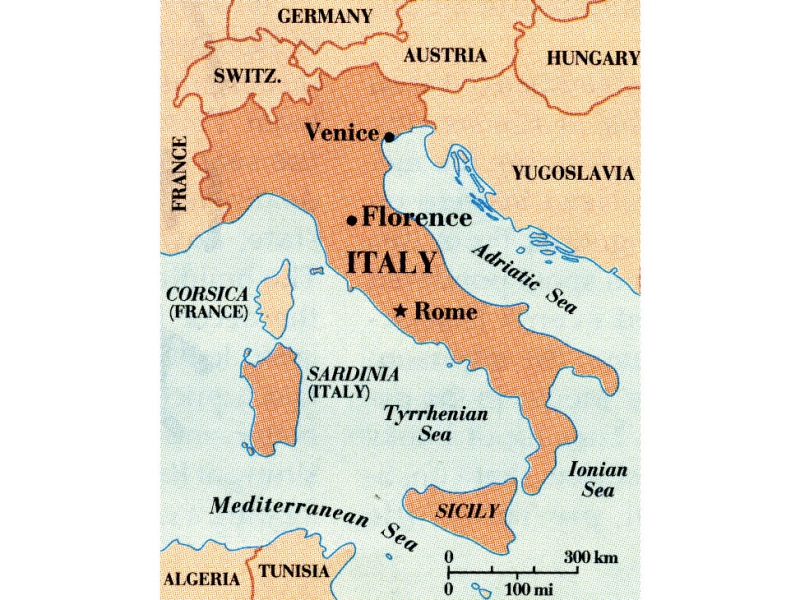



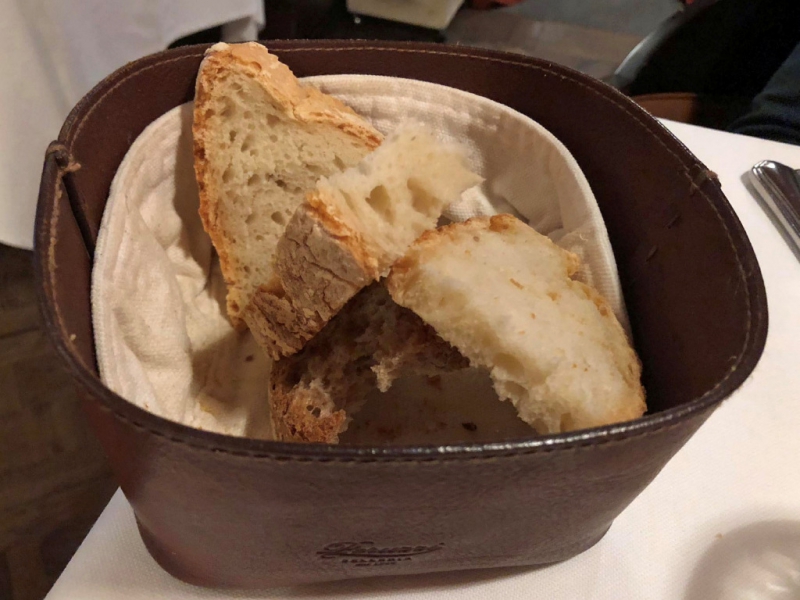








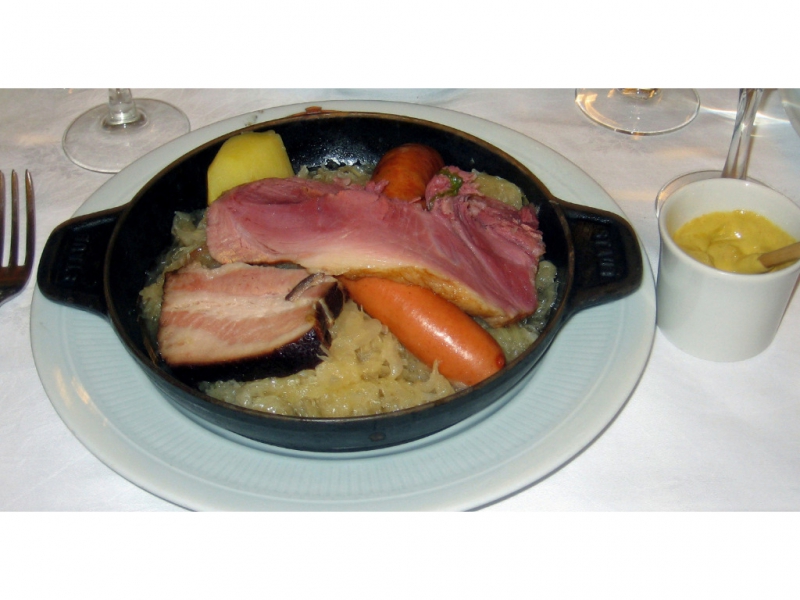




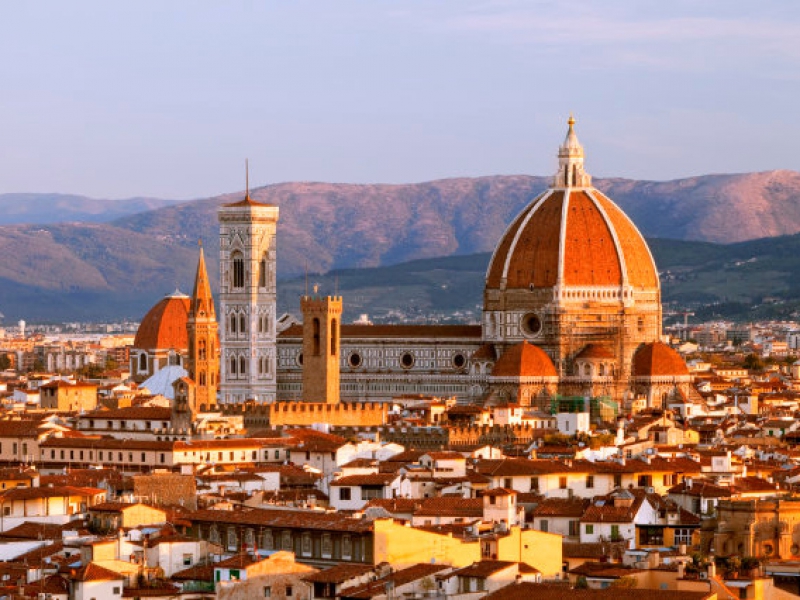
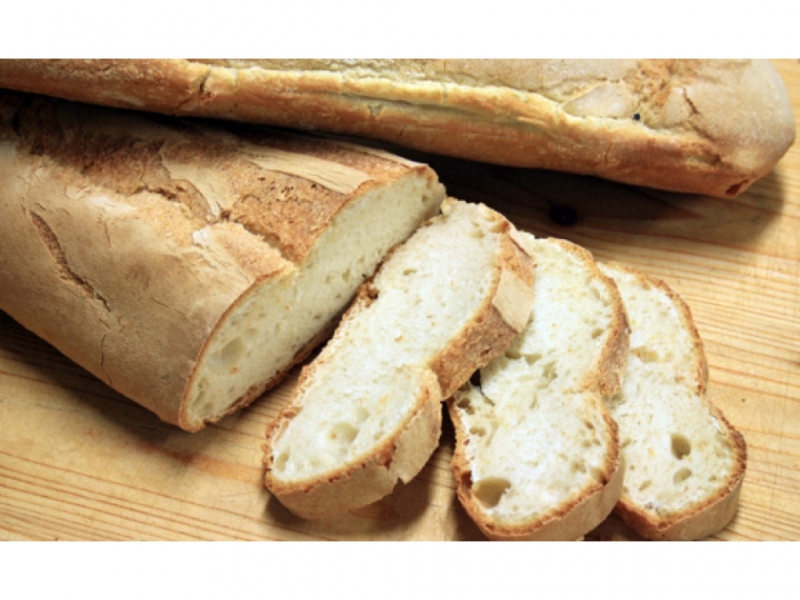

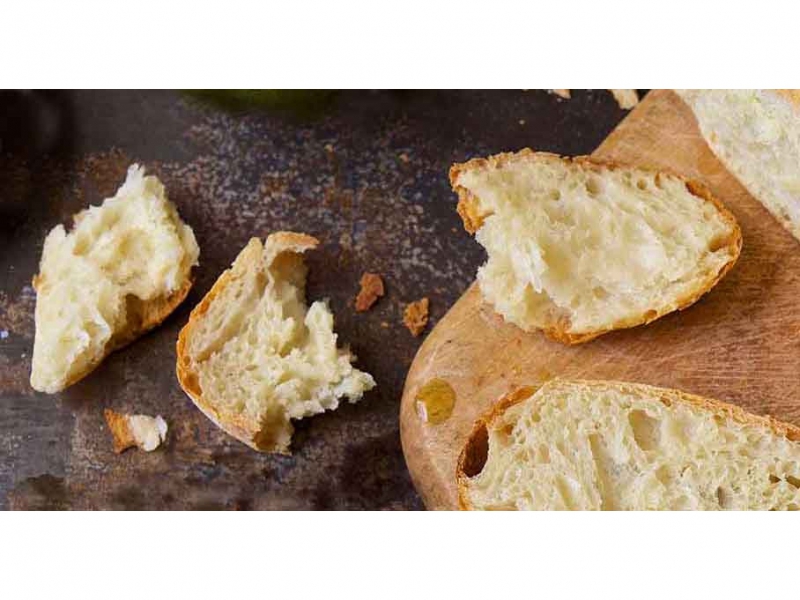

You nailed the Roman, and Florence bread experience haha! (Sadly my expectations were so high for their breads…)